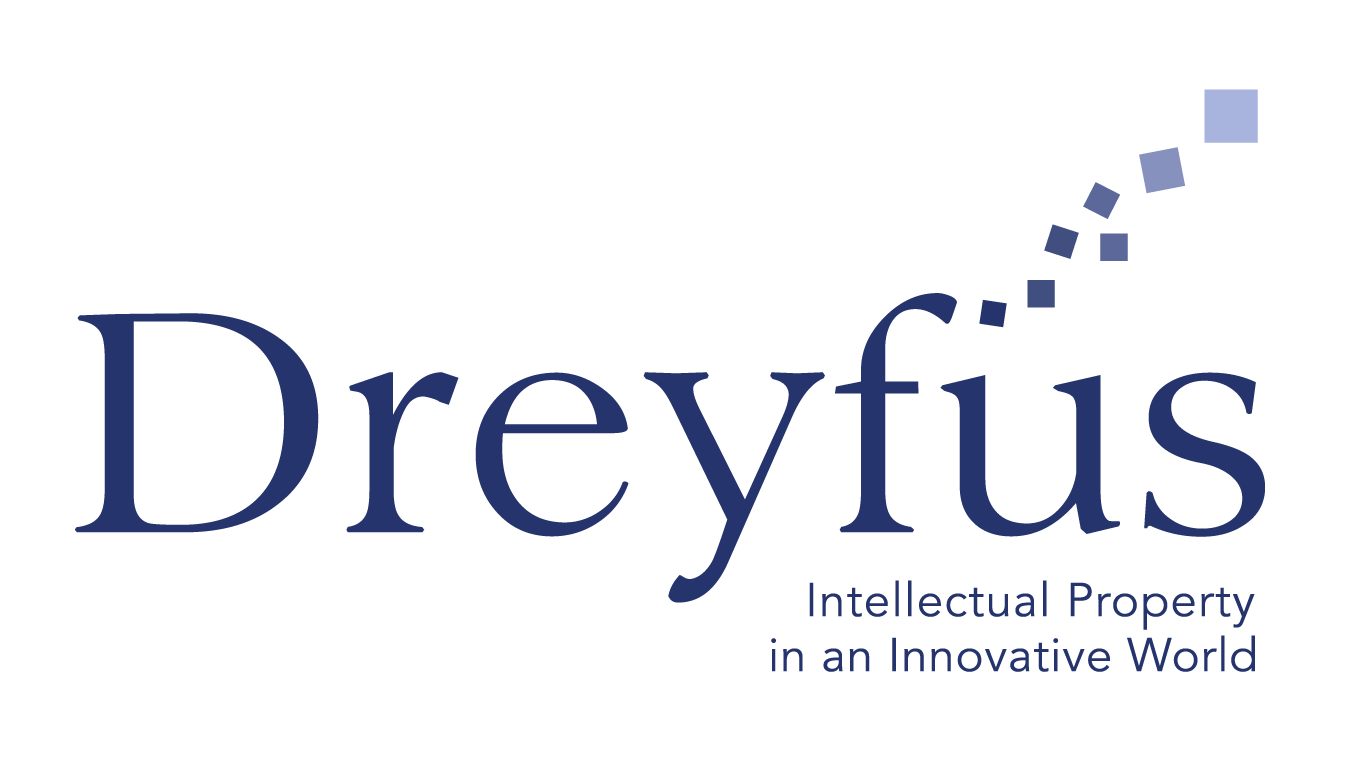Image Generated by DALL E 3 Microsoft Version
Integrating Artificial Intelligence (AI) into healthcare is an exciting frontier for innovation. According to an INSERM report, AI is set to transform various sectors such as predictive medicine, precision healthcare, support for decision-making, companion robots, computer-assisted surgery, and epidemic prevention. Nevertheless, deploying AI in healthcare introduces a multifaceted set of challenges that span human, economic, ethical, ecological, political, and legal dimensions.
Legal Framework for AI in Healthcare
In response to these challenges, the legal framework for AI in healthcare in France and the European Union is evolving to meet technical demands. France has taken steps such as establishing the Health Data Hub and simplifying access to national health data. Concurrently, the European Union has taken proactive steps like implementing the Data Governance Act to ease data reuse.
This AI ecosystem must navigate a complex mix of norms, including public health regulations, privacy laws, cybersecurity risks, and AI-specific regulations. Notably, the European AI Act, initiated by the European Commission and adopted in February 2024, sets out to standardize the application of AI by introducing overarching rules, legal definitions, and penalties for non-compliance.
However, this changing legal landscape brings its own set of challenges. Striving to protect privacy rights has led to a regulatory proliferation that could complicate the field, particularly against a backdrop of global competition with regions having fewer regulations. This complexity highlights the critical need to strike a balance between fostering innovation and research and protecting fundamental rights and privacy.
Governance of AI in Healthcare
The foundation of AI’s reliability in healthcare is its dependence on high-quality data, underscored by the GDPR’s strict privacy guidelines. The AI Act bolsters these efforts by mandating a “quality management system” for AI, ensuring transparency from development to deployment. This focus on data integrity is essential for establishing trust in AI applications within healthcare.
AI systems are categorized by the level of risk they present, from unacceptable to minimal. High-risk scenarios, especially those impacting healthcare delivery and patient outcomes, necessitate thorough evaluation and adherence to the utmost safety and ethical standards. The AI Act outlines this evaluation process, advocating for a balanced approach to risk and benefits and stringent certification for high-risk AI systems.
Compliance with the AI Act is therefore built on four pillars:
- Ensuring the reliability of AI through quality training data and bias management;
- Maintaining confidentiality and data protection;
- Explicability of AI systems to users; and
- Robust monitoring mechanisms throughout the AI’s lifecycle.
These pillars ensure AI systems are not only technologically advanced but also ethically responsible and legally compliant.
Legal Roadmap for AI Deployment
As the healthcare sector increasingly integrates Artificial Intelligence (AI), both the creators and implementers of these technologies encounter a challenging legal landscape. Navigating the deployment of AI requires meticulous attention, especially as the regulatory framework continues to evolve.
For developers, this journey involves addressing a wide array of compliance challenges. They must ensure the legality of their training data and address any potential biases, while also adhering to EU regulatory standards and ensuring the technical resilience of their solutions. This process demands a thorough examination of data processing practices, the ethical implications of AI applications, and the strength of cybersecurity defenses. Additionally, maintaining transparency regarding contractual obligations and clearly communicating the capabilities and limitations of AI solutions is paramount.
On the other hand, healthcare entities looking to implement AI, such as hospitals exploring AI for diagnostic tools, face their own set of challenges. They need to critically evaluate the AI technologies for biases, particularly those that might affect minority representation, and carry out extensive impact analyses to understand the potential effects on patient care. This assessment process also includes the establishment of a contractual governance framework to ensure that the functionality of the AI is comprehensively documented, and all associated liabilities are clearly outlined. As healthcare increasingly embraces AI, both developers and deployers face a complex legal terrain. The roadmap for AI deployment, still taking shape under evolving regulations, demands careful navigation.
Conclusion
The deployment of AI in healthcare navigates a delicate balance between the potential for innovation and a myriad of ethical, legal, and practical challenges. As AI evolves, developers and deployers must operate within this regulatory framework to ensure their solutions are innovative, equitable, secure, and transparent. This approach will foster trust and effectiveness in healthcare applications.
At Dreyfus, we are here to support you in launching your AI projects in line with the intricate web of current and forthcoming regulations. Feel free to reach out for assistance!

